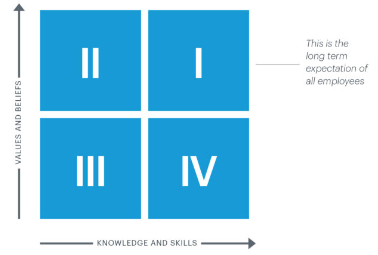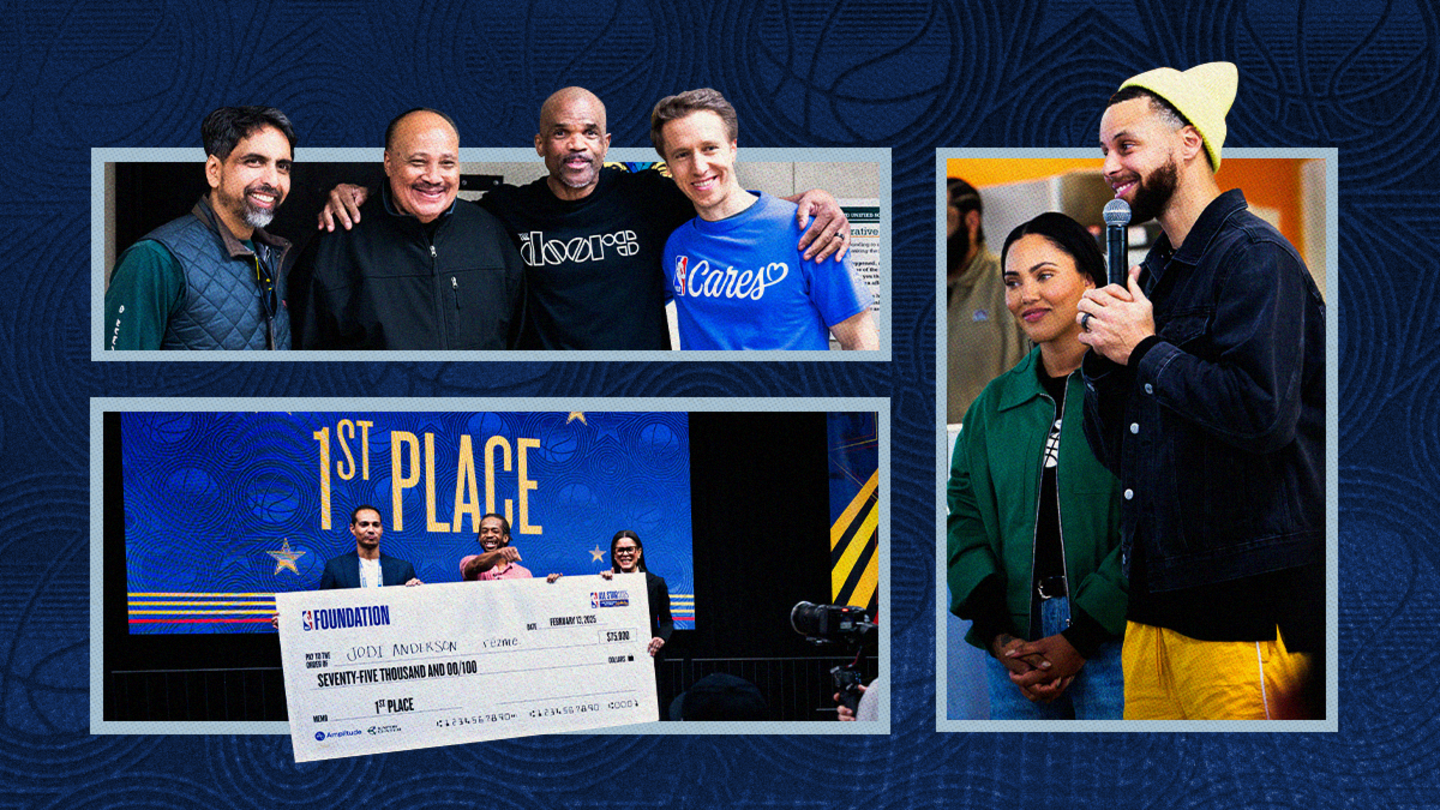This article was previously published by Stand Together Foundation.
***
Principle Based Management™ provides a holistic approach to making decisions, solving problems, and creating value for individuals in your community, team members in your organization, and society at large. It is rooted in proven principles that have fueled the ongoing success of Stand Together and our partners. In this Principle Based Management 101 series, we’re unpacking mental models, ideas, and tools that you can use to reach the next level in your work.
The reality of nonprofit employee management
Attracting, managing, and retaining talent is a perennial challenge for any organization. We often hear from members of our Catalyst Community that they’re caught between two competing forces: the need to fill new roles fast, and the desire to fill those roles with employees who will thrive at their organization and embody their culture. How can a nonprofit leader make timely and wise talent management decisions while balancing all of their other responsibilities?
Integrating virtue into talent management
At Stand Together Foundation, we point our network of leaders to the Virtue and Talents Dimension of Principle Based Management (PBM) for guidance.
The Virtue and Talents Dimension is intended to empower organizations to make employee management decisions that result in the right people in the right roles and create a culture that unleashes the creative impulses of every employee. “Virtue” refers to the values and beliefs that an individual holds. “Talent” refers to the knowledge, skills, and strengths they bring to the table. Considering these two jointly can enable nonprofit leaders to more thoughtfully determine which individuals can have a net-positive impact on their mission and culture.
A visual framework for talent management
Unfortunately, most organizations’ recruiting and management practices don’t align with this thinking. Hiring decisions are often reactive; they’re focused on filling a critical function that has been left unattended for too long. In performance reviews, leaders have learned to emphasize results and technical ability but deprioritize alignment with culture and values. When left unchecked, these approaches can dull long-term impact, weaken retention, and threaten team cohesion.
The Virtue and Talents Dimension invites you to consider a different path. The matrix below illustrates what it means to make employment decisions that result in hiring, developing, promoting, and rewarding individuals with the right values, beliefs, knowledge, and skills. Not every employee or job candidate will find themselves performing in Quadrant I on their first day—but as a leader or manager, it is important to hire on values first while also ensuring employees or job candidates have (or can develop) the necessary knowledge and skills to meaningfully contribute.

Use employee management decisions to set up win-win scenarios
Of course, employer-employee relationships are two-way streets. Team members can’t expect to meet rigorous standards for talent and beliefs unless their managers are actively invested in their growth. As a leader, how can you set your employees up for success?
Our perspective is that nonprofit leaders should design their employee management practices to generate win-win scenarios that benefit their organizational performance and invest in their employees’ personal fulfillment so their contributions feel individually meaningful:
- Selection decisions should be grounded in alignment with the organization’s vision and values in addition to the knowledge, skills, and strengths required for each role.
- Responsibilities should match an individual’s unique passions, gifts, and abilities, along with the flexibility to evolve over time.
- Incentives should meaningfully motivate team members to be creative and exceed expectations, not just meet the bare minimum performance requirements.
Reflect on your current talent management approach
Naturally, applying the Virtue and Talents Dimension looks different at every organization. Its application depends on the unique vision, value proposition, and principles that guide your work. To explore how you might apply these concepts to your own hiring and management practices, consider the following three reflection questions:
- Are your values defined clearly enough to use them as hiring and evaluation criteria?
- Do you have an organizational vision that defines what your organization is fundamentally good at and how it adds value to your community? Can you translate your vision into required skills and knowledge for your team?
- Do you have feedback loops in place to address behaviors inconsistent with your stated values, in addition to individual performance?
***
Learn more about Principle Based Management and how it can help you transform your results.



